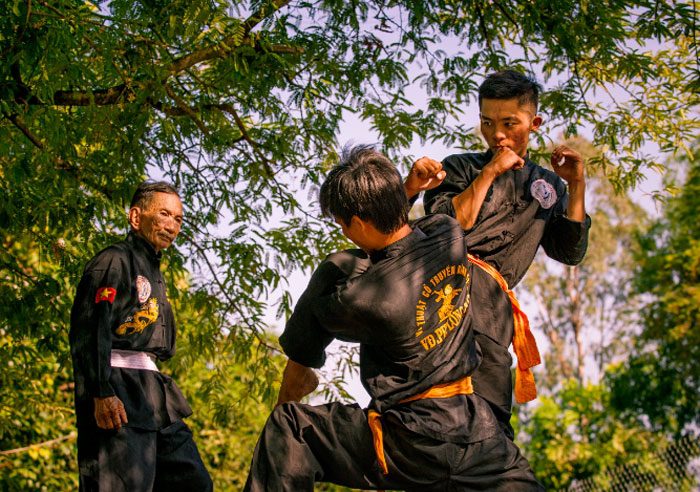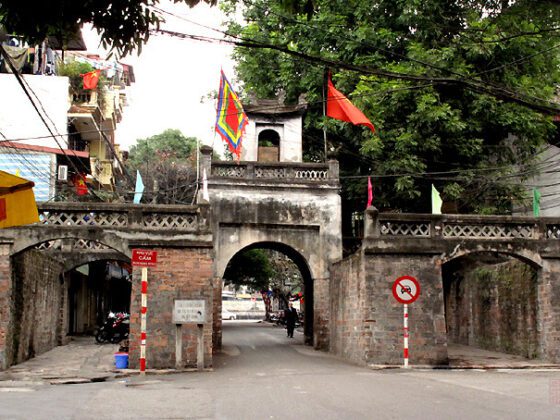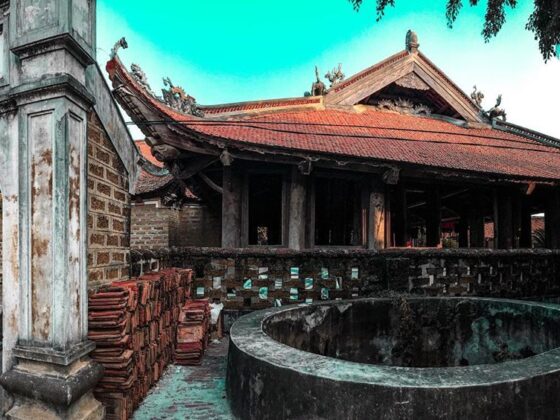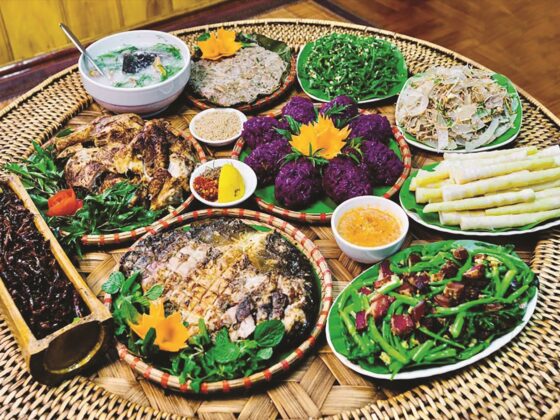Table of Contents Show
✍️ AI is summarizing:
Vietnamese martial arts are a remarkable expression of the country’s rich cultural heritage, blending history, philosophy, and physical prowess. With various forms practiced across the nation, traditional martial arts such as Vovinam and Bình Định not only serve as methods of self-defense but also embody the values and spirit of the Vietnamese people.
Read more interesting posts:
- The Art of Vietnamese Pottery: A Timeless Tradition in Bat Trang Village
- The Ao Dai: A Timeless Symbol of Vietnamese Culture & Traditional Dress
- The Vietnamese Lotus Flower: Why It’s a Symbol of Purity
Discover Vovinam, the national form of Vietnamese martial arts

Nguyen Loc – the founder of Vovinam
One of the most prominent forms of Vietnamese martial arts is Vovinam, which translates to “Vietnamese boxing.” Founded in the 1930s by Nguyễn Lộc, Vovinam emphasizes both physical and mental development, encouraging practitioners to cultivate resilience, discipline, and respect. The art combines a variety of techniques, including strikes, kicks, throws, and joint locks, making it a well-rounded martial discipline.
Vovinam is unique in its inclusion of both standing and ground techniques, as well as its use of traditional weapons. This versatility allows practitioners to adapt to various situations, reflecting the dynamic nature of Vietnamese culture. The practice of Vovinam is often accompanied by a strong philosophical foundation, emphasizing the importance of harmony between body and mind, as well as respect for oneself and others.
Explore Bình Định, the historic warrior style of Vietnamese martial arts
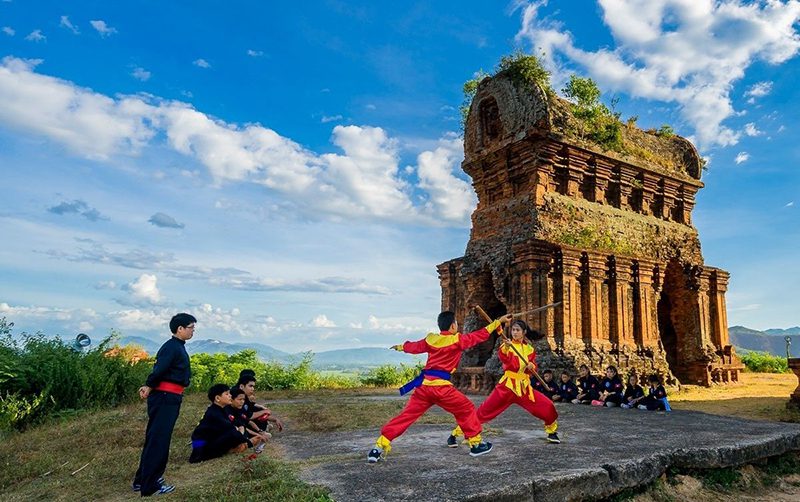
Another significant style within Vietnamese martial arts is Bình Định, which hails from the Bình Định province in central Vietnam. Known for its powerful techniques and fluid movements, Bình Định has deep historical roots, tracing back to the ancient martial traditions of the region. It is often associated with the legendary warriors of the Tây Sơn Dynasty, who defended the country from foreign invasions.
This style of Vietnamese martial arts focuses on both empty-hand techniques and weaponry, particularly the use of swords and staffs. The art emphasizes strength, agility, and precision, with practitioners often showcasing their skills in acrobatic forms and choreographed performances, preserving the history and culture of the Bình Định region.
Understand the cultural significance of Vietnamese martial arts
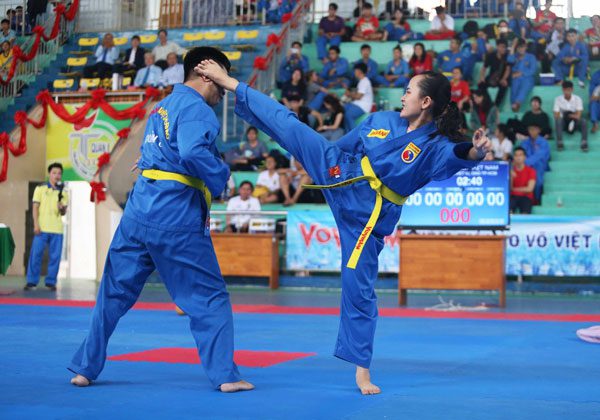
Vietnamese martial arts are more than just physical practices; they are deeply intertwined with the country’s cultural identity. Through these martial disciplines, practitioners learn about their heritage, gaining a sense of pride in their history and the values it represents. The teachings of respect, discipline, and perseverance resonate throughout Vietnamese society, shaping character and fostering community.
Martial arts schools and training centers play a vital role in preserving these traditions, offering classes to individuals of all ages. These spaces not only serve as training grounds but also as community hubs where people come together to share their love for martial arts and culture. Events and competitions further promote these practices, allowing practitioners to showcase their skills and celebrate their heritage.
A living tradition
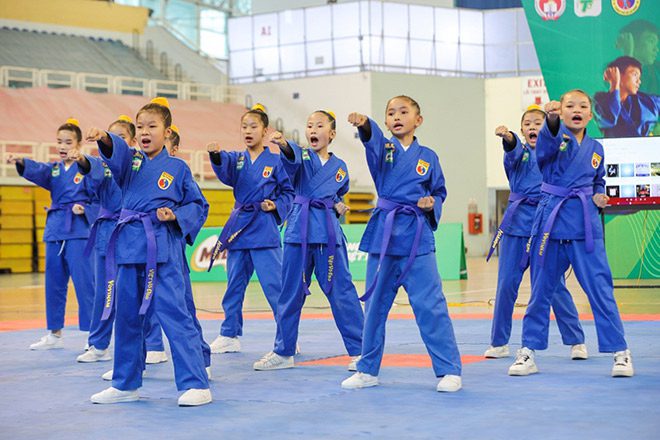
Today, Vietnamese martial arts continue to thrive, both locally and internationally. With growing interest in fitness and self-defense, more people are discovering the beauty and effectiveness of Vovinam and Bình Định. These martial arts are not only a way to stay fit but also a path to personal growth and self-discovery.
As the world evolves, the heritage of Vietnamese martial arts remains a testament to the resilience and spirit of the Vietnamese people. By practicing these arts, individuals connect with their history while fostering a sense of community and belonging. Whether in a bustling city or a quiet village, the legacy of Vietnamese martial arts lives on, celebrating the enduring strength and culture of the nation.
Conclusion
In conclusion, Vietnamese martial arts are a profound and dynamic reflection of the nation’s history, philosophy, and unyielding spirit. From the comprehensive, modern system of Vovinam to the ancient warrior traditions of Bình Định, these arts offer a window into the soul of Vietnam. They are more than self-defense techniques; they are living traditions that build character, preserve heritage, and foster a deep sense of national pride.
For more deep dives into Vietnamese culture and to join a community of fellow explorers, join our community on the ExoTrails Vietnam Facebook group and follow the ExoTrails Fanpage!
FAQs
What is the main martial art of Vietnam?
Vovinam (Việt Võ Đạo) is considered the largest and most well-known national martial art of Vietnam. It was specifically developed to be a comprehensive and modern system representing the country.
What is Vovinam known for?
Vovinam is known for its wide range of techniques, including strikes, grappling, and weapons, but it is particularly famous for its spectacular flying scissor kicks (đòn chân tấn công).
Is Vovinam an effective martial art?
Yes, Vovinam is a highly effective and practical martial art for self-defense. Its well-rounded curriculum prepares practitioners for a variety of real-world situations.
What is the history of Bình Định martial arts?
Bình Định martial arts have a long history rooted in the warrior traditions of central Vietnam, famously linked to the military prowess of the Tây Sơn Dynasty in the 18th century.
Are there weapons used in Vovinam?
Yes, after mastering empty-hand combat, Vovinam students learn to use a variety of traditional weapons, including the staff, sword, sabre, and machete.
What is the philosophy behind Vietnamese martial arts?
The core philosophy is the “harmony of hard and soft,” balancing physical strength with mental discipline, flexibility, and respect. It focuses on developing a resilient mind and a healthy body.

